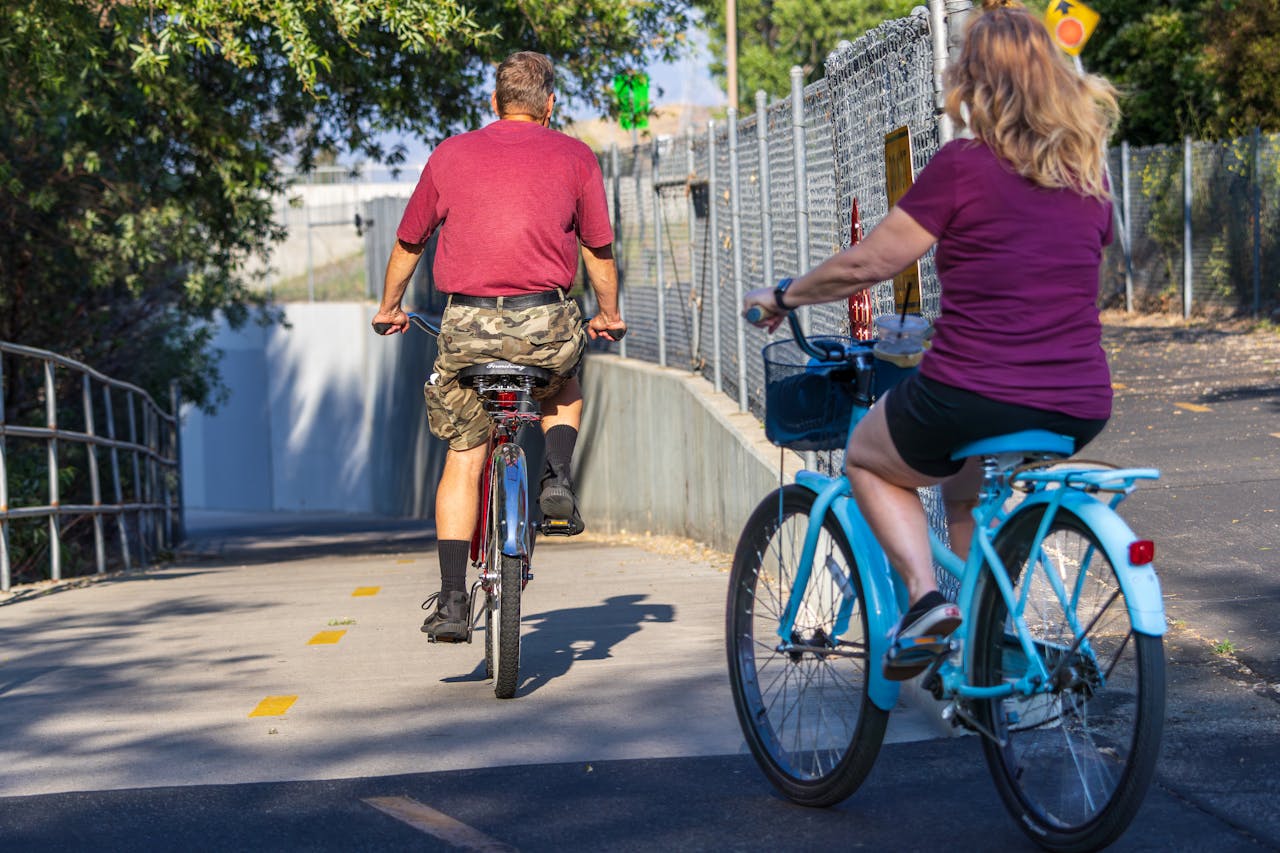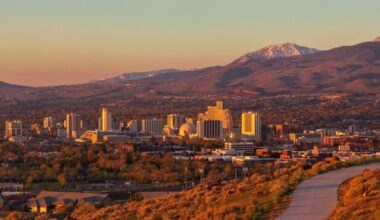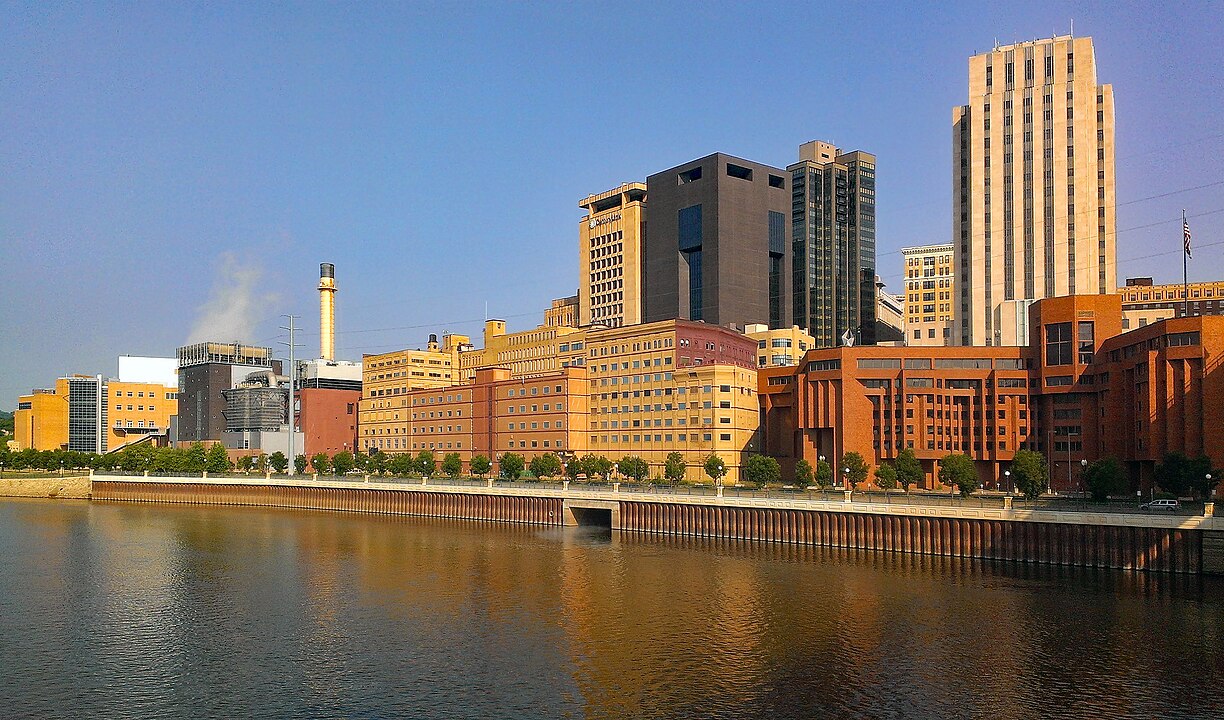Imagine stepping off a light-rail stop into a neighborhood of white-walled courtyards, shady lanes, and lively plazas where the loudest sounds are conversation, bicycle bells, and clinking coffee cups. That is Culdesac, a new car-free community in Tempe, Arizona, that many visitors compare to a Mediterranean village transplanted to the Sonoran Desert. It is being built at a scale big enough to function like a neighborhood rather than a resort, and it is designed from the ground up around people on foot, bikes, and scooters instead of private cars.
Reporters who toured the project describe it as the country’s first intentionally car-free neighborhood built from scratch, not a closed campus or theme park, and note that residents started moving in during 2023 with plans to eventually house roughly a thousand people across 17 acres.
A Greek-feeling neighborhood in the Arizona desert
The look and layout are what make first-timers think of Greece and other walkable Mediterranean towns. Building walls lean toward sun-reflecting whites, lanes are narrow enough to slow everyone down, and homes open onto shared courtyards that feel like small plateias. Designers and writers covering the project point to intentional choices that support desert life without cars: deep shade, breezeways, pocket parks, and outdoor seating that catches the evening air. The overall effect is less American subdivision and more village street life, which is exactly the point. BBC Travel framed the sensation as “like being in Greece” and independent tours echo the same vibe.
The Greek comparison is not a theme-park costume. It is a set of practical, climate-aware moves that older Mediterranean towns already solved long before cars existed. White finishes help with heat, shaded alleys reduce radiant load, and ground-level activity keeps people outside and talking to neighbors. Coverage of the project also highlights how public space is stitched together so that a short walk connects homes to a plaza, micro-retail, a market, cafés, fitness, and a pool without crossing parking lots. When the most convenient path is a pleasant walk, people actually take it.
How life works here without cars
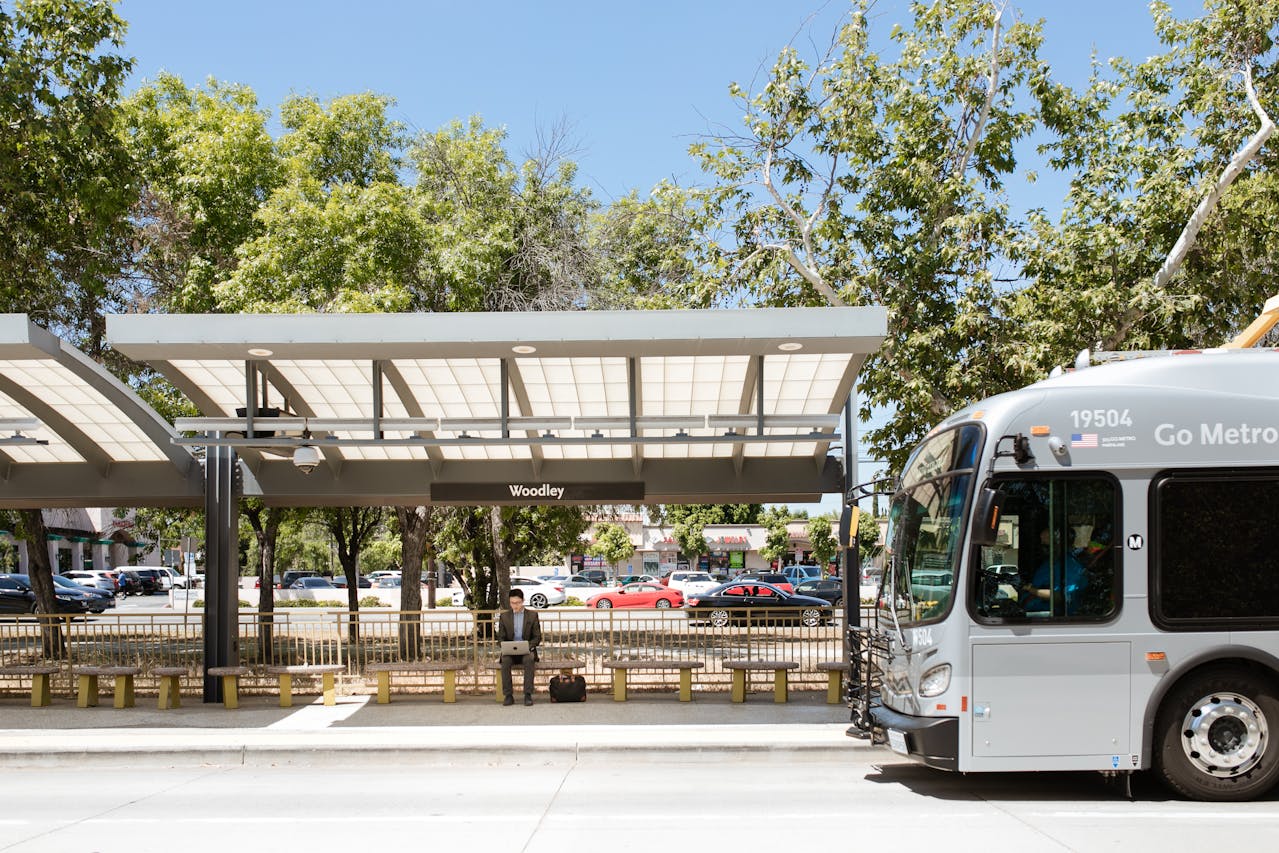
Culdesac’s rules are straightforward. Residents agree not to keep a personal car on the property or on nearby streets, and leases spell out the parking restrictions. Deliveries, ride-hail, and emergency vehicles still arrive at designated edges, but the daily default is walking and rolling. To make that practical, the development pairs each lease with a mobility package. Reporting from on-site tours describes a bundle that typically includes a Valley Metro transit pass, discounts for ride-share, and access to bike or e-bike options, plus abundant bike parking. The core idea is that residents should have multiple ways to get around that feel easier than hunting for parking.
Because the neighborhood is right on Tempe’s light-rail line, many trips beyond the site start with transit rather than a steering wheel. Visitors who documented their stays note that daily needs are intentionally inside the neighborhood: a small market, coffee and food options, co-working, fitness, a pool, and regular night markets where local vendors set up stalls. That mix takes the pressure off owning a car for “just in case” errands and helps the street life feel spontaneous rather than scheduled. Residents interviewed by business reporters often talk about how many more neighbor interactions they have because they are outside more and moving at human speed.
There is also a practical money angle. The average American spends thousands each year on fuel, maintenance, insurance, parking, and depreciation. While Culdesac is a market-rate rental neighborhood, the mobility perks replace some of those costs with transit and bike access that people actually use. Writers who compared lease terms and typical transportation spending point out that avoiding a second car or going car-free entirely can shift a student or early-career budget from vehicle bills to rent or savings. That calculus is one reason a car-free lease can be attractive even in a metro where most people still drive.
Planning a visit and what to expect
If you want to see what car-free living looks like in the U.S., this is one of the easiest places to try. The simplest approach is to ride Valley Metro light rail to the stop at the neighborhood’s edge, then explore on foot. Expect to find wide, walkable paths, lots of bike parking, and small businesses woven into housing. People you pass will likely be walking dogs, carrying groceries, or heading to fitness, which is the entire point of the design. Visitors who have toured the site emphasize that it functions like a normal neighborhood rather than a gated attraction. Treat it that way: stay on public paths, patronize the shops and cafés, and respect residents’ privacy when photographing courtyards and homes.
The climate is real. This is the Phoenix area, so timing matters. The community’s shaded paseos, light finishes, and pocket parks help, but you should plan your walks for morning and evening in the hottest months and carry water. Locals say the slow pace is part of the charm. Without cars to dodge, you can pause to talk with shop owners, linger at the plaza, and actually hear conversations. That quiet is not an accident. It is what happens when the loudest machines are at the perimeter rather than in the middle of daily life.
For teens and college students thinking about study-away life or first apartments, it is a chance to test whether a car-light or car-free lifestyle fits. If you already bike on campus or ride transit to a part-time job, the transition may feel natural. If you rely on a car for everything, a weekend visit can help you figure out what you truly need a vehicle for and what can move to transit, ride-hail, or a borrowed car. Residents interviewed by reporters often mention that they feared giving up a car would be limiting, then discovered they traded errands for more free time.
What sets this neighborhood apart today
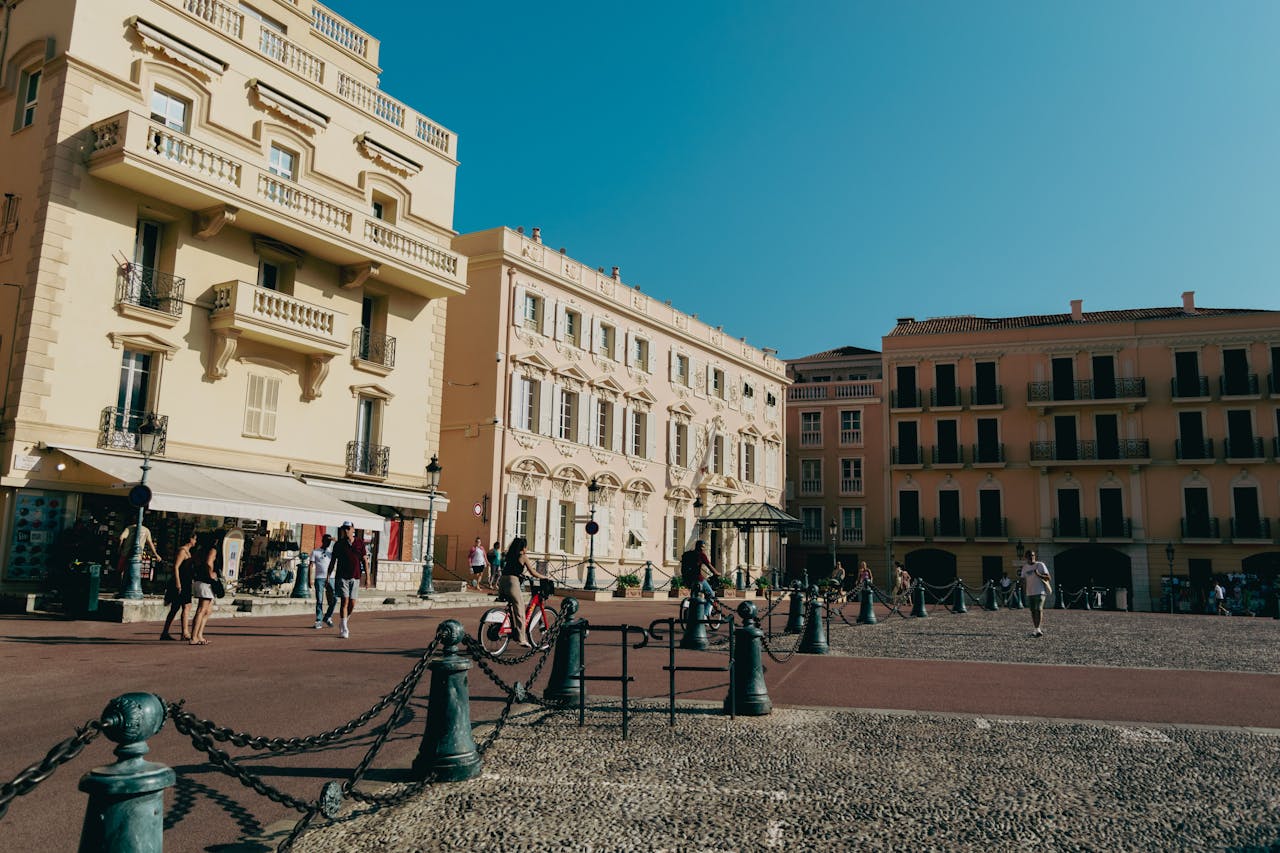
Plenty of American destinations have limited cars for special cases. Mackinac Island in Michigan famously bans most motor vehicles, several Fire Island communities keep summer streets pedestrian, and a growing number of downtowns experiment with pedestrian-priority blocks. What sets this Arizona neighborhood apart is that it is a modern, mixed-use district planned from the start without resident car parking and sized for everyday life. It functions as a test case for what a new car-free neighborhood can feel like in a large Sun Belt metro best known for driving. National outlets have called it the first of its kind in the country and have tracked its growth from early move-ins to an expanding roster of shops and amenities.
For young Americans who want European-style walkability without leaving the United States, it offers a practical preview. The design language borrows from Mediterranean towns that solved comfort and community before highways existed. The transportation package borrows from big-city toolkits that make getting around easier without a private car. Put together, the place feels both new and strangely familiar, like a summer trip abroad that you do not have to fly across the Atlantic to experience. Even if you ultimately decide a car is still part of your life, spending a day in a neighborhood that works without one can change how you imagine the future of your own block, campus, or city.
Sources
- BBC Travel feature on the Tempe community and its Mediterranean, Greek-like feel.
- Business Insider on Culdesac’s scale, car-free leases, mobility package, and on-site amenities, based on tours and interviews.
- Context on U.S. car-free places and pedestrian zones for comparison.
